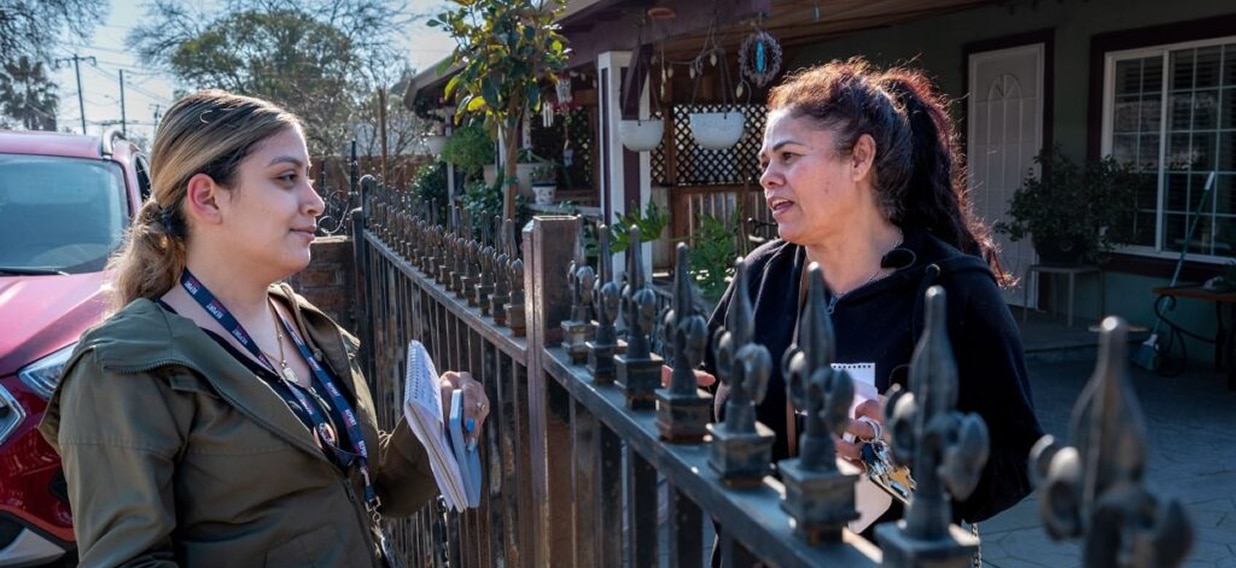In Democracy without Journalism: Confronting the Misinformation Society, media scholar Victor Pickard argues that news is a public good in the neoclassical economic sense: “One person’s consumption of the good does not detract from another’s” and some people will be “free riders” who consume the good but expect others to pay for it. Pickard also argues that in a social sense, “journalism’s value to society transcends the revenue that it generates.” He compares journalism to a lighthouse:
A classic example of a public good is a lighthouse, which is a kind of essential infrastructure that ships need to navigate coastlines, but no cost-effective way exists to make people pay for it. Instead, people will “free ride,” which takes away market incentives to provide the good. Society requires these goods, but individuals typically undervalue them because they are unable or unwilling to pay for their full costs, which leads to the market under-producing them.
For decades, journalism was a profitable business. Then disruption hit when news consumers’ attention and advertising dollars moved online, and in the wake of this disruption, new models — including a rapidly growing field of nonprofit newsrooms — have cropped up to deliver news on a variety of platforms.
So what would it look like if the media industry truly embraced the concept of news as a “public good” instead of a commercial product? We know that news has always been a service to the public, but we haven’t treated it that way, instead expecting advertising revenue to subsidize what is, after all, a vital need for information. Leaning into the public good concept is an effective way to broaden the responsibility for paying for news, allowing us to build a strong case for supporting journalism through philanthropic, nonprofit and public policy sectors.
Journalism as a service
The nonprofit news sector is full of examples and cases in which news organizations are doing work in the public interest, with meaningful benefits to both those directly served by news organizations and the broader public who may never even know that newsroom exists.
Research shows that in areas where commercial news has declined, the presence of local nonprofit news organizations producing watchdog journalism keeps public officials accountable. One example is INN member Bay Nature in San Francisco, CA: their Wild Billions reporting initiative examines the effects and impacts of The Inflation Reduction Act and Bipartisan Infrastructure Law on nature in the Bay Area, including a tracker on specific projects that have been funded to date.
Nonprofit News Award winner InvestigateWest produced a series exposing allegations of child abuse and neglect at state-licensed residential treatment facilities for youths in Idaho that resulted in increased regulation and oversight. Other forms of explanatory news serve as a form of public education to unpack how lawmakers’ decisions affect their everyday lives. When property owners in Montana saw spikes in their property values, Montana Free Press produced a simplified explainer of a complicated concept of how valuations might impact their tax bills.

In some cases, newsrooms are delivering public services that go beyond a typical news story. Documented is a digital newsroom serving immigrant communities in New York City. In addition to publishing news stories, they also provide a list of resources like how to secure childcare subsidies, apply for a street vendor permit, or find emergency shelters for immigrants during cold weather in a free, digital database. One other clever example of the “more than the news” services of a newsroom is Kansas City Defender, which has hosted grocery buyouts as a form of mutual aid, purchasing the groceries for Black families in their community.
Shifting assumptions about success
Even in its most “public good” form, the media industry is burdened by comparisons to its glory days as a commercialized product. It’s measured by growth, primarily in terms of dollars and consumption (readership). While these metrics aren’t inherently bad or an incorrect way of examining the field, they are incomplete. They pressure many nonprofit newsrooms, especially those experimenting with innovative models and approaches, to demonstrate success through commercial benchmarks that don’t always align with a public service model of journalism.
INN occupies a unique position in the field, and part of its work involves looking at the broader dynamics that drive and influence growth and challenges in the sector. So indulge me for a moment: What might change at the field level if news were reimagined as a true public service?
Smarter impact-tracking: The revenue challenge brings me to my last point, which is that our measures of impact will need to become more sophisticated. We need a more comprehensive way to codify and aggregate news’s impact at the micro and macro levels in communities and do a better job of telling our own story.
Public funding: Organizations like Rebuild Local News and Media Power Collaborative by Free Press are building coalitions to identify public policy solutions to address the severe undercapitalization of local news that serves this function.
Regaining trust: Research shows a decline in trust of news, and regaining trust would be a strong indicator of the effectiveness of journalism as a public good or service. It is an uphill battle, but increasing sensitivity to public sentiment would also incentivize news providers to come up with new ways to generate tangible value in people’s everyday lives.
Evolving ideas on revenue: The commercial model of journalism is growth-minded, focusing on more revenue and more readers. But it’s equally important to effectively use resources. The cost-benefit analysis model would evolve to a more matrixed measure that looks like revenue growth but also equally at impact and how the two are related.






